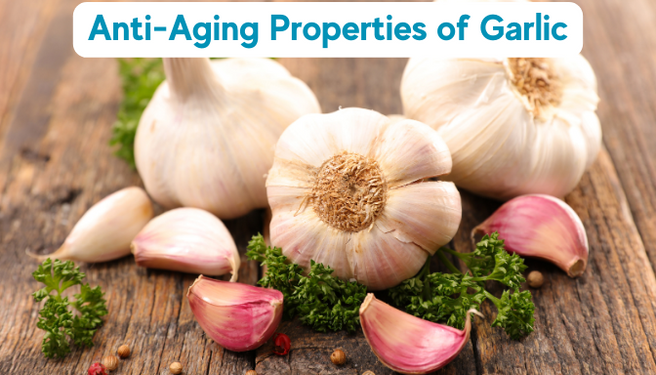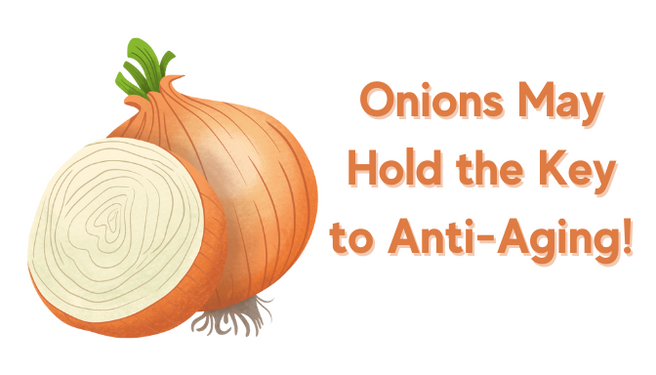Scientists have been looking into the amazing properties of garlic to see if it can help slow down aging and make us feel rejuvenated. Garlic has long been known for its health benefits, such as detoxification, being an antioxidant, fighting fungi and bacteria, and even suppressing tumors.
Research of garlic as anti-aging
Different types of garlic extracts were studied, including aged garlic extract, hydroethanolic and aqueous extracts, using various cell types and animal models. Moriguchi and their team focused on the effects of aged garlic extract in mice with age-related brain atrophy. The mice were given a diet with 2% aged garlic extract for about eight months. The results were impressive! The garlic extract prevented age-related brain changes, improved memory, and even stopped the decrease in brain weight. This suggests that aged garlic extract could be a helpful remedy for aging, especially for memory problems in humans [1].
In another study, researchers explored the protective powers of hydroethanolic garlic extract against damage from UVB rays in human skin cells. The extract showed strong antioxidant activity and reduced the damage caused by UVB rays. It also stopped the production of substances that cause inflammation and improved the activity of important proteins. This study suggests that garlic could be a great way to protect our skin from aging caused by the sun [2].
And there’s more good news! Svendsen and their team looked at the long-term effects of garlic on human skin cells. They found that adding garlic extract to the cells helped keep them youthful and prevented the growth of harmful cells. So, not only does garlic have anti-aging effects, but it might also protect against the development of dangerous cells [3].
In conclusion, these studies show that garlic could be a superfood for anti-aging. So, maybe adding a bit more garlic to your meals could be a tasty way to stay young and healthy.
Other interesting articles:
References:
[2] Franceschi, C. Cell Proliferation, Cell Death and Aging. Aging Clin. Exp. Res. 1989, 1, 3–15.




